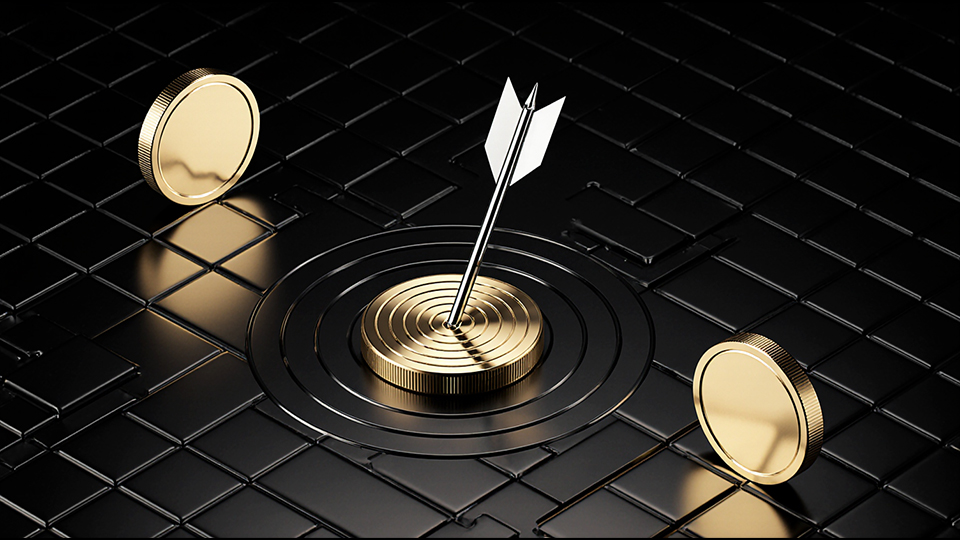Key Metrics to Evaluate Crypto: A Comprehensive Guide
As the cryptocurrency market continues to grow, understanding the key metrics to evaluate crypto is essential for investors, traders, and enthusiasts. These metrics help provide insights into the potential value, performance, and sustainability of a cryptocurrency project. In this guide, we’ll explore the most critical metrics to assess before investing or engaging with any cryptocurrency.
Market Capitalization
Market capitalization (market cap) is one of the most commonly referenced metrics to evaluate crypto. It is calculated by multiplying the current price of a cryptocurrency by its circulating supply.
Why it matters:
- Size and stability: A higher market cap often indicates a more established and stable project.
- Comparison: It helps compare the relative size of different cryptocurrencies.
However, market cap should not be the sole metric, as it does not account for liquidity or project fundamentals.
Trading Volume
Trading volume measures the total amount of a cryptocurrency traded over a specific time period, usually 24 hours. This metric is essential for evaluating crypto as it reflects the level of market activity and investor interest.
Why it matters:
- Liquidity: High trading volume generally indicates better liquidity, making it easier to buy or sell the asset.
- Market sentiment: Sudden spikes in volume can signal increased interest or market activity.
Circulating Supply vs. Total Supply
The circulating supply represents the number of coins currently available in the market, while the total supply includes all coins ever created, including those not yet released.
Why it matters:
- Inflation potential: A large difference between circulating and total supply could indicate future inflation as new coins are introduced.
- Scarcity: Lower supply can create scarcity, potentially driving value higher.
Utility and Use Case
Evaluating crypto projects also involves assessing their utility and real-world use cases. A cryptocurrency’s value often depends on its ability to solve problems or provide value beyond speculation.
Why it matters:
- Adoption potential: Projects with strong use cases are more likely to gain widespread adoption.
- Long-term viability: Utility can sustain value over time, even during market downturns.
Developer Activity
Developer activity is a less obvious but highly valuable metric to evaluate crypto. It measures the level of coding, updates, and contributions to a cryptocurrency’s underlying technology, often visible on platforms like GitHub.
Why it matters:
- Innovation: Active development indicates a commitment to improving the project.
- Transparency: Frequent updates show transparency and a robust team effort.
Community and Network Strength
A cryptocurrency’s community and network effect can play a significant role in its success. This includes social media presence, forum discussions, and the number of active users.
Why it matters:
- Support and growth: Strong community support often correlates with project growth.
- Adoption rates: A vibrant community can drive adoption and create network effects.
Security and Governance
Security and governance metrics focus on how a cryptocurrency is maintained and managed. These metrics include the robustness of its blockchain, the consensus mechanism, and how decisions are made within the network.
Why it matters:
- Trustworthiness: Secure blockchains are less vulnerable to attacks.
- Sustainability: Well-governed projects are more likely to adapt to changes and survive long-term.
Partnerships and Collaborations
Finally, evaluating crypto often involves looking at the partnerships and collaborations a project has established. These relationships can indicate credibility and growth potential.
Why it matters:
- Credibility: Partnerships with reputable companies or organizations enhance trust.
- Expansion opportunities: Collaborations can lead to increased adoption and market reach.
Making Informed Crypto Decisions
Understanding the key metrics to evaluate crypto is essential for making informed decisions in the fast-paced world of digital assets. By considering factors like market capitalization, trading volume, utility, developer activity, and community strength, you can gain a comprehensive view of a cryptocurrency’s potential. Remember, no single metric can provide a complete picture, so it’s crucial to use a combination of these indicators to evaluate crypto effectively.





